There is no denying that playing the violin puts the body in an unnatural position. Even when assuming the most balanced form, the inherently lopsided stance required of the violinist can take its toll on the shoulders, neck, and back muscles. Not only is the head constantly turned to the left when playing violin, but the violin also adds a pound of weight to be supported between the jaw and the left shoulder. Additionally, the raised left arm and the constantly moving right arm add to the imbalance of the body. Unsurprisingly, pain and discomfort are extremely common for both violin students and professionals who play for hours each day. In this article, I share my tips on solving shoulder pain for violinists in order to promote longevity and prevent injuries.
My Journey With Shoulder Pain and the Violin
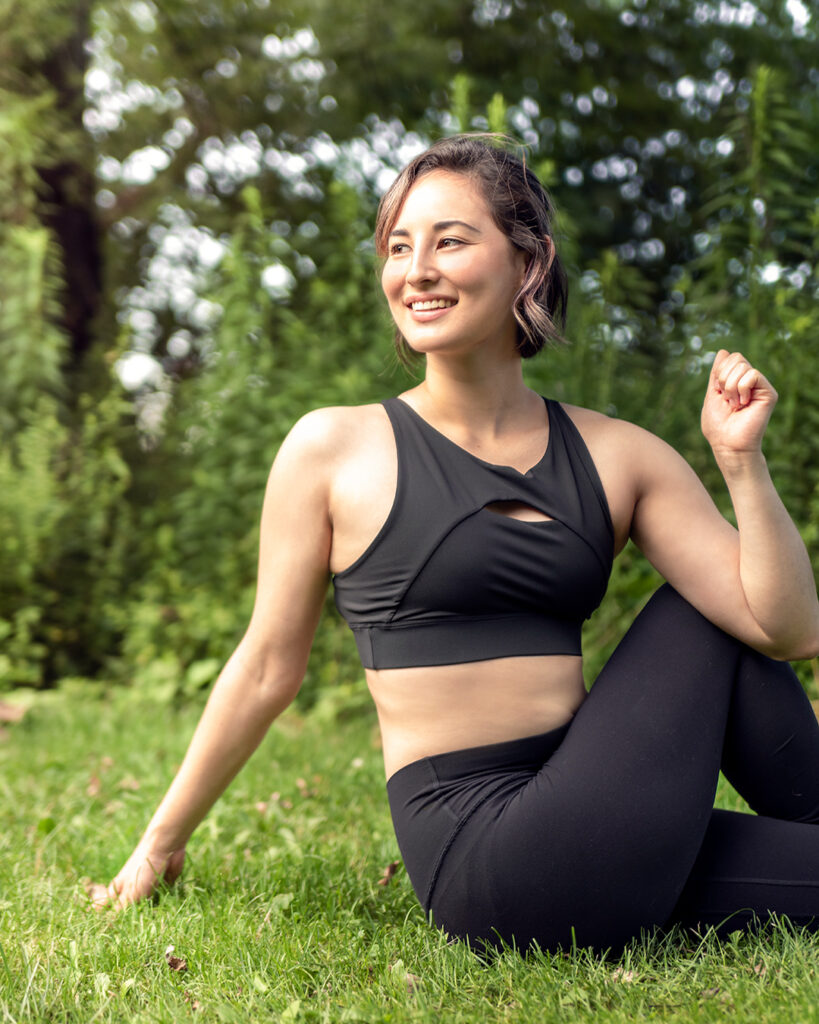
To be honest, I have experienced my share of violin-related pain and injuries. While studying violin in college, this pain almost caused me to quit the violin completely. Fortunately, with the help of violin teachers, physical therapists, chiropractors, massage therapists, acupuncturists, and yoga instructors, I found a way to prevent this pain. Along the way, I became certified as a yoga instructor and gained insights into stretches and movements that could help alleviate my discomfort. As a result of this experience, my hope is to help other violinists play pain-free, because creating beautiful music should not be at the expense of one’s physical health.
My career as a professional violinist plus my experience as a certified yoga instructor informs my suggestions below. And, if you’d like to delve deeper into the topic of playing the violin without pain or discomfort, feel free to reach out and set up a remote lesson with me.
Take A Break From The Violin
In my opinion, it is crucial to take a break from playing violin at the first sign of pain.
To illustrate this point, when I was pursuing my violin performance degrees I practiced between two to five hours a day. This was on top of school rehearsals, performances, and teaching. Looking back, it is no wonder that I was frequently experiencing terrible shoulder pain. Under those circumstances, no amount of stretching, massaging, or icing was going to relieve my pain when I refused to take a break to allow my body to heal. In fact, it wasn’t until I learned to deliberately schedule time away from the violin that I started to feel relief from the constant tension in my shoulder.
If possible, give your body time to rest between rehearsals and practice sessions. If you know that you have a big concert coming up, use your preparation time wisely. Do not push your body past its limit.
Is Your Violin Posture Causing Shoulder Pain?
You may be adding tension to your posture without noticing. Spend time during your practice sessions to examine how you hold the violin. It takes consistent effort to break old habits, so continue to scan your body to reduce tension each time you practice.
- Are you jutting your jaw out unnaturally? I often see students pushing their head further forward than necessary in order to cover the chinrest completely. Simply hold your head in a natural position, looking forward, and then turn your head to the left. The edge of the chinrest should fit right underneath the jaw. There is no need to jut the jaw out or clamp down over the entire surface of the chinrest.
- Is your head tilting too much to one side? Sometimes violin students are misinformed that they should lean their left ear towards the violin. Unfortunately, this can cause too much strain on the neck. Make sure that your ears remain at the same level.
- Are you squeezing the violin with your shoulder? Notice if your left shoulder is raised higher than your left. Bring awareness to the amount of tension in your left shoulder, and consciously relax at regular intervals while playing.
- Are your thumbs squeezing the violin or bow? Tension in the thumbs can travel all the way up the arms. It can also negatively affect your tone quality.
- Is your back overly arching? Try engaging your core muscles to reduce the compression in your low back.
Stretches For Violin-Related Shoulder Pain
While stretching the affected muscles an the obvious solution for relieving shoulder pain for violinists, I have found that it is equally important to strengthen the muscles as well. Of course, these are just some of the exercises I incorporate as a yoga instructor when working with musician clients. With this in mind, I believe these exercises would be most effective when incorporated into a full-body work-out.
Neck stretches: Gently roll your neck in slow, controlled circles. Pause or slow down in any areas that feel tight. Be mindful to avoid overstretching.
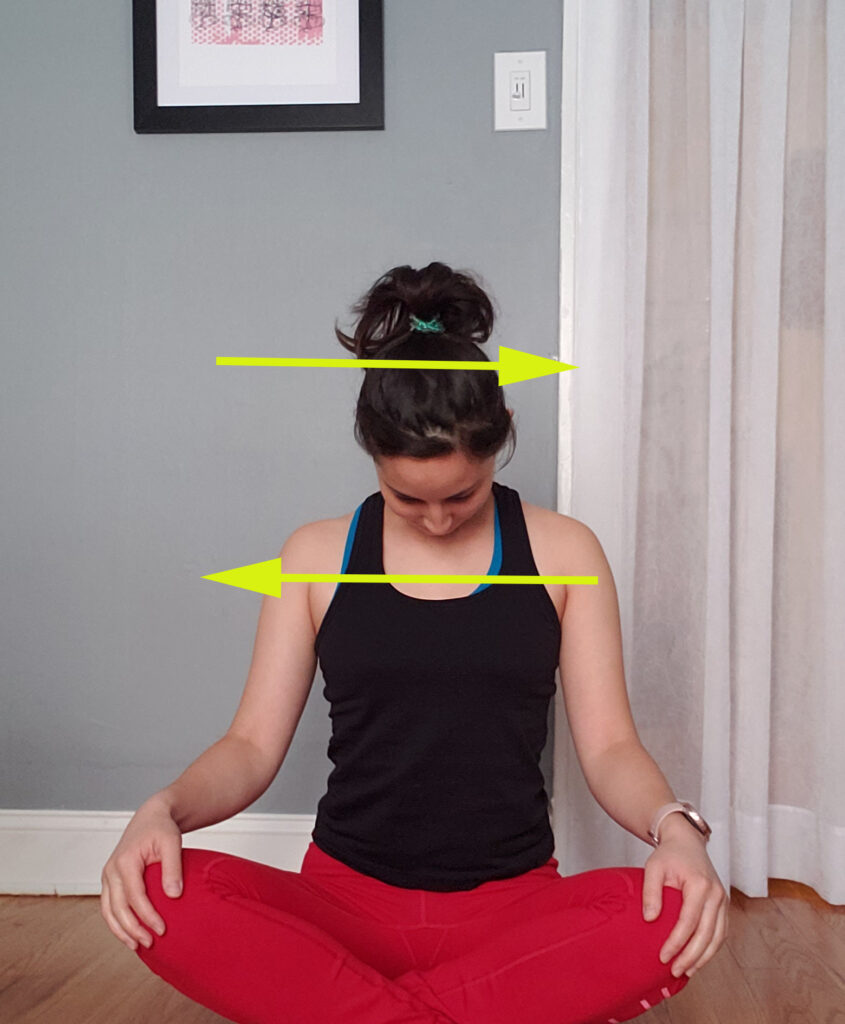
Eagle arms: Wrap your right arm under your left arm and bring your palms together to touch. Gently slide your arms up and down to stretch your shoulders. Repeat the exercise with your left arm under your right.
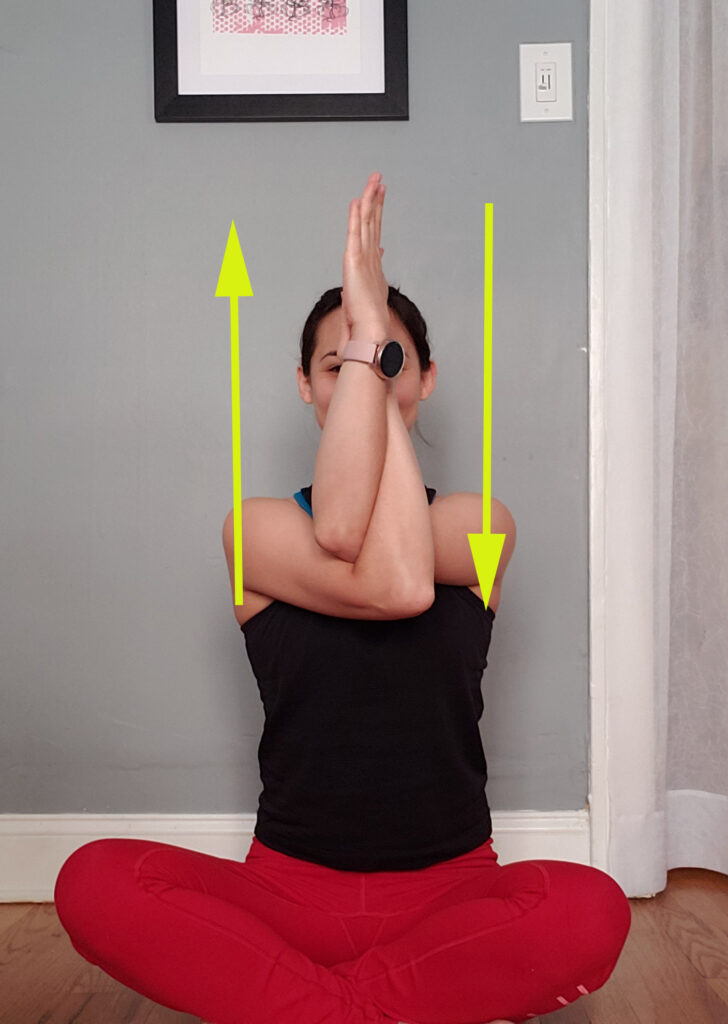
Chest expansion: Interlace your hands behind your back. Fold forward from your hips and allow your hands to fall away from your body. Breathe into the sensation in the front of your shoulders as you deepen the stretch into a position that feels accommodating in your body.
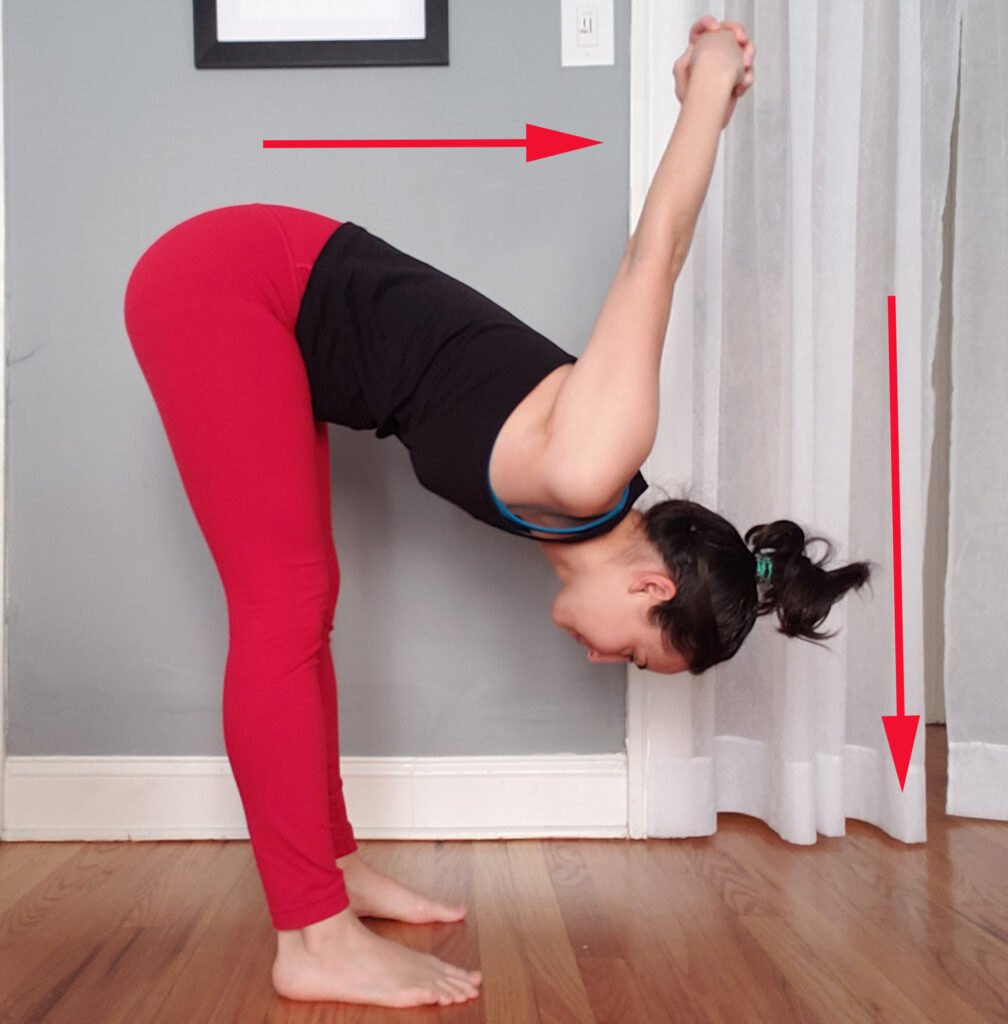
Core strengtheners: Lie on your back and bring your shins into a shelf, legs bent at ninety degrees. Tap one foot at a time onto the floor, keeping your hips and spine as stable as possible. Allow your core muscles to facilitate this movement.
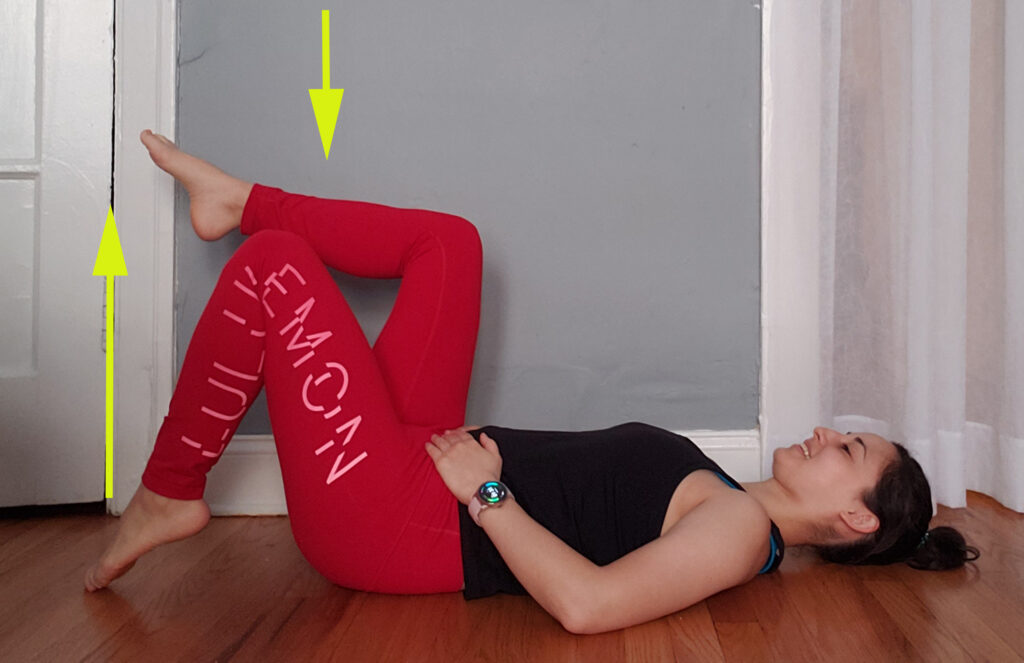
Scapula push-ups: Position yourself on hands and knees. Straighten your arms and push your hands into the floor. Dome out the space between your shoulder blades. Keeping your arms straight, lower your chest and draw your shoulder blades towards each other. Alternate slowly between these positions.
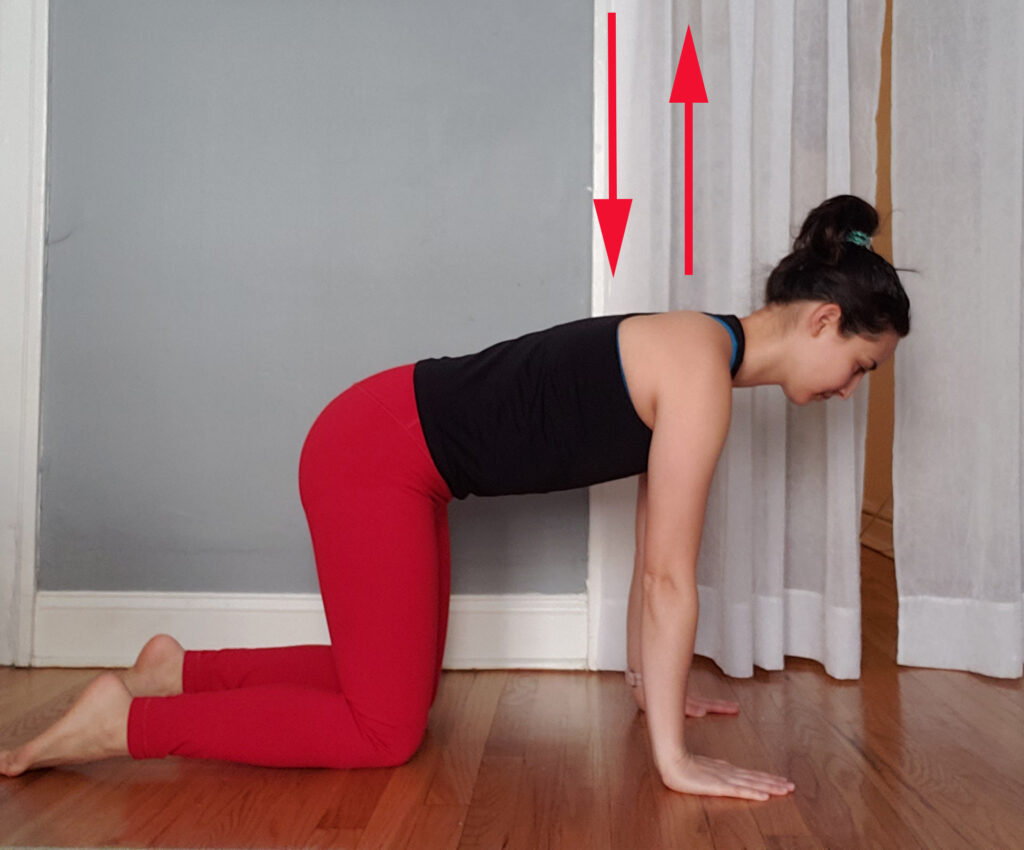
Lumbar spine compression: Lie on your belly with your fingertips resting on the floor by your shoulders. Engage your glutes and peel your chest away from the floor, keeping your gaze down to protect your neck. Release the pose and repeat in a slow and controlled manner. You should feel this motion strengthen your lower back muscles.
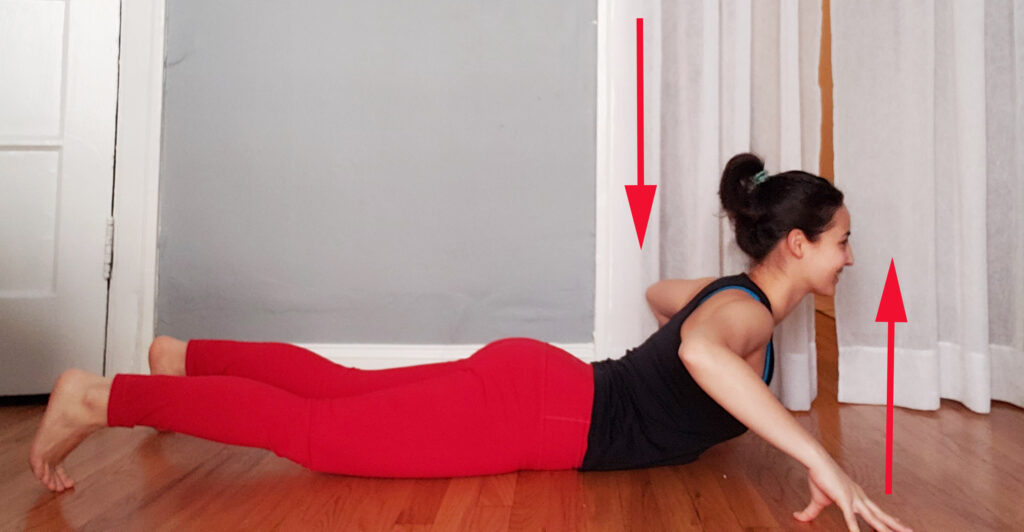
Work With A Professional To Solve Violin-Related Shoulder Pain
Getting professional help is worth the cost if it helps you relieve pain that is negatively impacting your violin playing or quality of life. For example, massage therapists, chiropractors, acupuncturists, physical therapists, and mind-body therapists can provide insights and offer healing remedies. It may be helpful to bring your violin with you to the appointment and demonstrate how you hold it so that the professional can understand what is causing your pain. By the same token, I have personally found the work of Dr. John E. Sarno helpful in understanding the role of chronic pain in the body.
If you are studying with a violin teacher, ask your teacher to help you identify what might be causing the pain. Chances are, they have experienced and overcome similar issues in their own careers and will be able to share how they adjusted their posture or set-up to solve the issue. Similarly, as a teacher myself I have worked with many students who have encountered pain issues from improper posture, over-playing, and excessive tension. Moreover, the silver lining of having dealt with my own pain issues is that I am able to fix similar issues in my students. If you are looking for a teacher who can help you understand the cause of your violin-related pain, I’m happy to offer online violin lessons focused on posture and reducing tension.
Violin-Related Pain Is Not “Normal”!
While violin-related pain is extremely common, it should NOT be tolerated or ignored! If you are experiencing shoulder, neck, or back pain from playing violin, I hope this article offers some viable solutions. Ultimately, solving the cause of your pain will prevent further pain and injury and allow you to enjoy playing the violin for years to come.
Lessons for reducing violin-related pain
If you would like to work with me on violin posture, finding the right shoulder rest or chin rest set up, or reducing violin-related pain, set up a consultation here:
Update: This post was the first in a series of articles aimed at relieving violin-induced pain. You can read my latest post on the same topic here: How to Hold the Violin to Relieve Neck Pain.
How To Do a 180° Career Change As A Classical Musician
As a musician, I’ve had moments of wondering what life would be like to go through a career change. …
What It’s Like To Fulfill Your Parents’ Musical Dreams
With discipline, talent, and passion for orchestral music, 32-year-old cellist Sonia Mantell has alr…
How To Treat Violin-Related Pain and Injuries With Sotai
For violinists who have struggled with playing-related pain despite trying countless remedies, a Jap…
How To Build A Nationally-Recognized Non-Profit Music Ensemble
Starting a non-profit music ensemble is a dream shared by many musicians, but turning that dream int…
How Friendships and Passion Shape A Meaningful Life In Music
Have you ever reflected on the values that guide your career as a musician? Pianist, harpsichordist,…
How To Overcome Left-hand Pain While Playing Violin
Left-hand and arm pain while playing violin is a common challenge for students. As a violin teacher,…





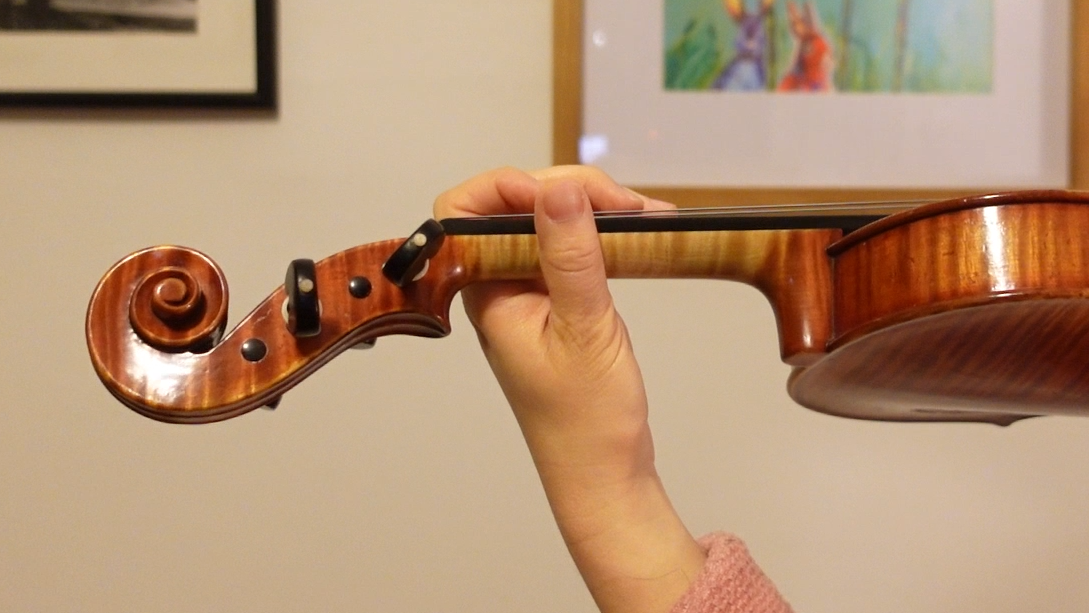
Pingback: 13 Best Violin Shoulder Rests- Budget to Luxury - Kiyoe Matsuura Violin
Pingback: How to Hold the Violin to Relieve Neck Pain - Kiyoe Matsuura Violin
Pingback: How To Deal With Recurring Violin Pain - Kiyoe Matsuura Violin
Thanks for this! It’s really helping me. I’ve had injections which help right up until I play again, then the pain is back. I’ll be doing these exercises from now on!
I’m glad that it’s helping, Andrea!
My first issue with shoulder pain was so bad that I went to a sports physician. They listened to my complaints about my shoulder but just staired at my neck. They took a neck xray just to bring home the point of how bad my neck posture was cramping my nerves. So, I started yoga and after 3 months my neck was straight and my shoulder pain was gone. However, if I do spiccato exercises I end up with a pain next to my scapula now in my back. 1 out of 5 times I can practice without angering it, but most of the time the spiccato is the problem. My current hypothesis is that my technique is slightly off and I have tension. I was a professional guitar player before my violin endeavors though and I know that pain is part of the process. Obviously you venture as carefully as you can through the issues but I think “time off” might be necessary but should be used as a last resort. If you stop playing every time something is uncomfortable you’ll just not get any better technically or physically. 2-4 hours of practice per day is a lot though and admittedly I do not achieve those numbers.
Pingback: How To Overcome Left-hand Pain While Playing Violin - Kiyoe Matsuura Violin